ICANN, which is an acronym for Internet Corporation for Assigned Names and Numbers, is the organization that’s responsible for coordinating and maintaining numerous databases. All the databases that ICANN handles are related to the numerical spaces and namespaces of the internet. Basically, it is the place where data regarding websites and domains are stored.
This type of data includes contact information about the domain owner, their name, phone number, etc. This makes ICANN a great source of domain data that can be used for a variety of purposes. Manually extracting that data though would take a lot of time and effort, so it’s better to use a web scraping tool and a ICANN proxy to do the job for you
A web scraper would gather data faster and more efficiently than humanly possible. A ICANN proxy would also be needed because ICANN won’t simply let you use a bot to scrape all that data as it puts a lot of load into their servers and a proxy will deceive any ICANN into thinking that your bot’s requests come from genuine users so they won’t ever ban you.
Let’s set up an ICANN proxy server.
For Windows:
To set up proxies in Windows, simply search for “Proxy Settings” in your windows search bar and open the search result.
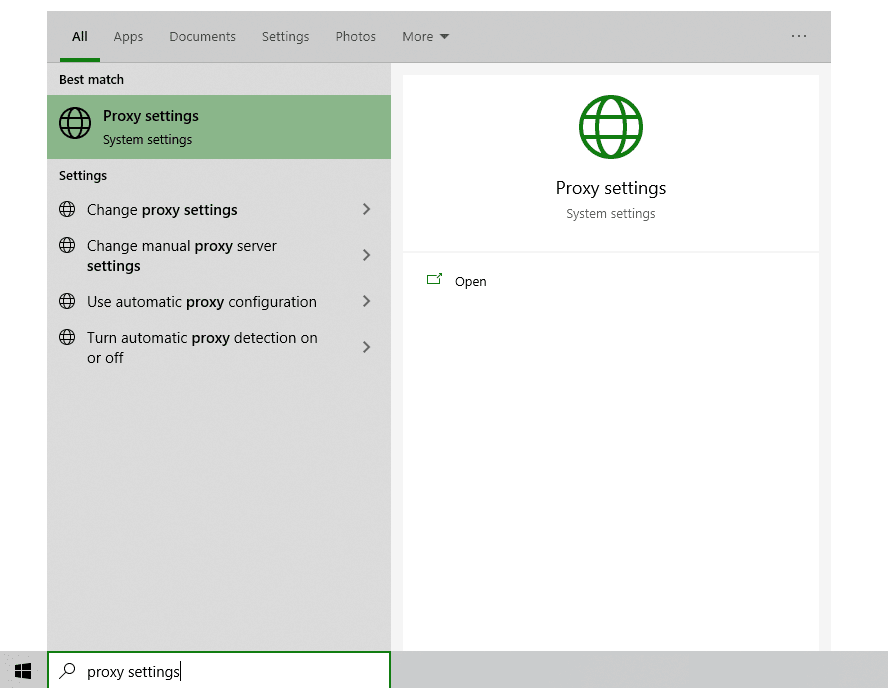
You are then given two options to choose from: Automatic proxy setup or Manual proxy setup. If you want windows to automatically detect your proxy settings, choose the first option. Choose the second option if you want to utilize a specific ip address and port number.
If you chose the first option, then:
- Turn on Automatically detect Settings
- Turn on Use setup script
- Enter the script address
- Click Save
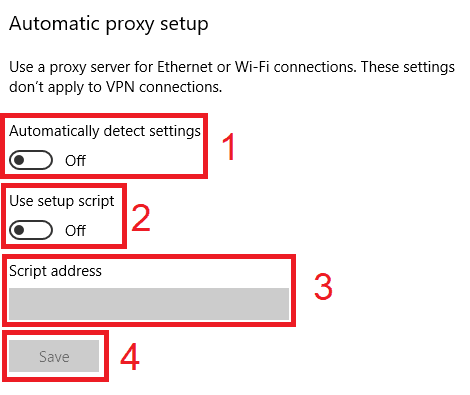
If you chose the second option, then:
- Turn on Use a proxy server
- Input both server address and port number
- If you have any addresses you would like to visit without a proxy, enter them here
- Turn on Don’t use the proxy server for local addresses check box if you want to access a local server without a proxy
- Click Save
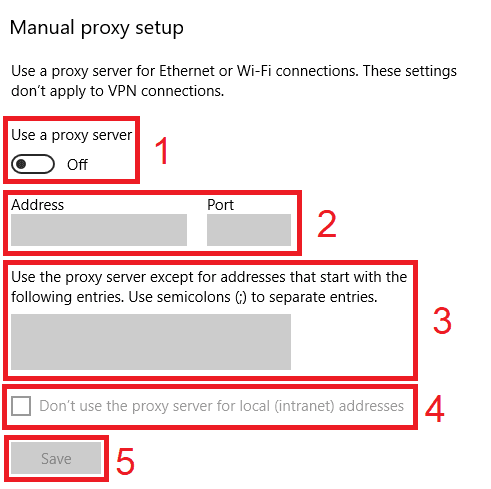 Image Alt Text: Windows Automatic Proxy Setup
Image Alt Text: Windows Automatic Proxy Setup
For Mac:
To start configuring your proxy settings in MacOS, simply:
Step 1. Click on the Apple Icon.
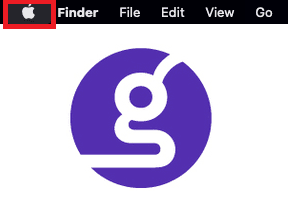
Step 2. On the drop down menu, click on “System Preferences”.
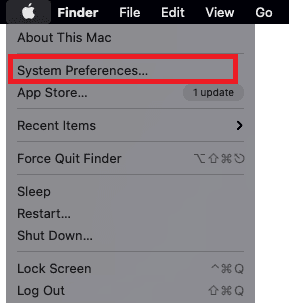
Step 3. Click on “Network”
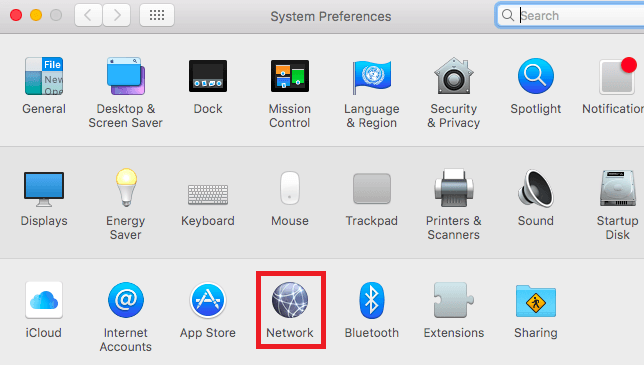
Step 4. Click on “Advanced”
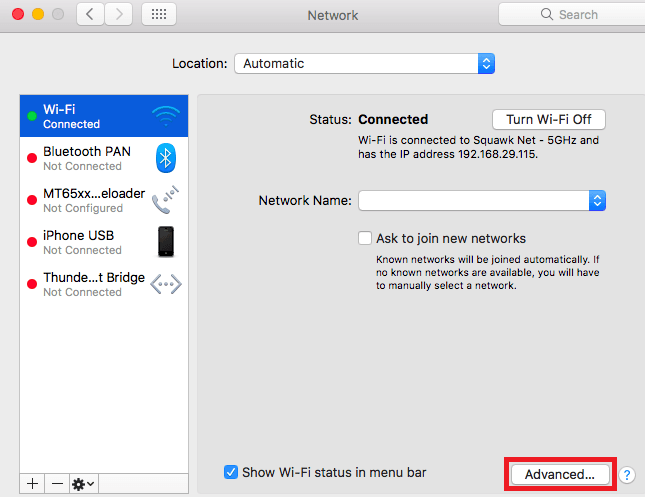
Note: Make sure to connect to your wi-fi first.
Step 5. Click on “Proxies”

This should then redirect you to MacOS proxy settings. MacOS is more straightforward compared to windows. You only have one option which is to manually configure your proxy server.
Here are the steps to follow:
- Select which proxy IP protocol you want to configure. This depends on which protocols your proxy service provider offers.
- Turn on Secure Web Proxy
- Input the Proxy Server Address and Port Number
- Click OK to save the configurations
Note: You may be prompted for your Mac user password to save your settings.
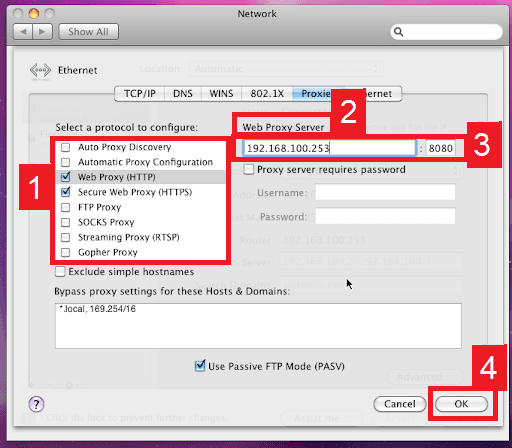 Image Alt Text: Configuring MacOS Proxy Settings
Image Alt Text: Configuring MacOS Proxy Settings
Congratulations! You have now finished configuring an ICANN proxy server.



 Image Alt Text: Windows Automatic Proxy Setup
Image Alt Text: Windows Automatic Proxy Setup



 Image Alt Text: Configuring MacOS Proxy Settings
Image Alt Text: Configuring MacOS Proxy Settings